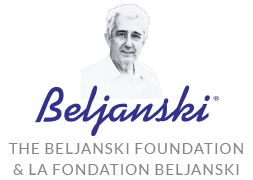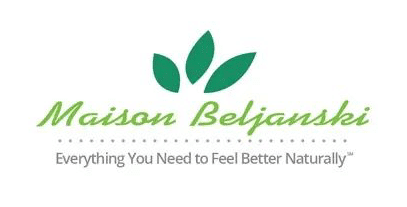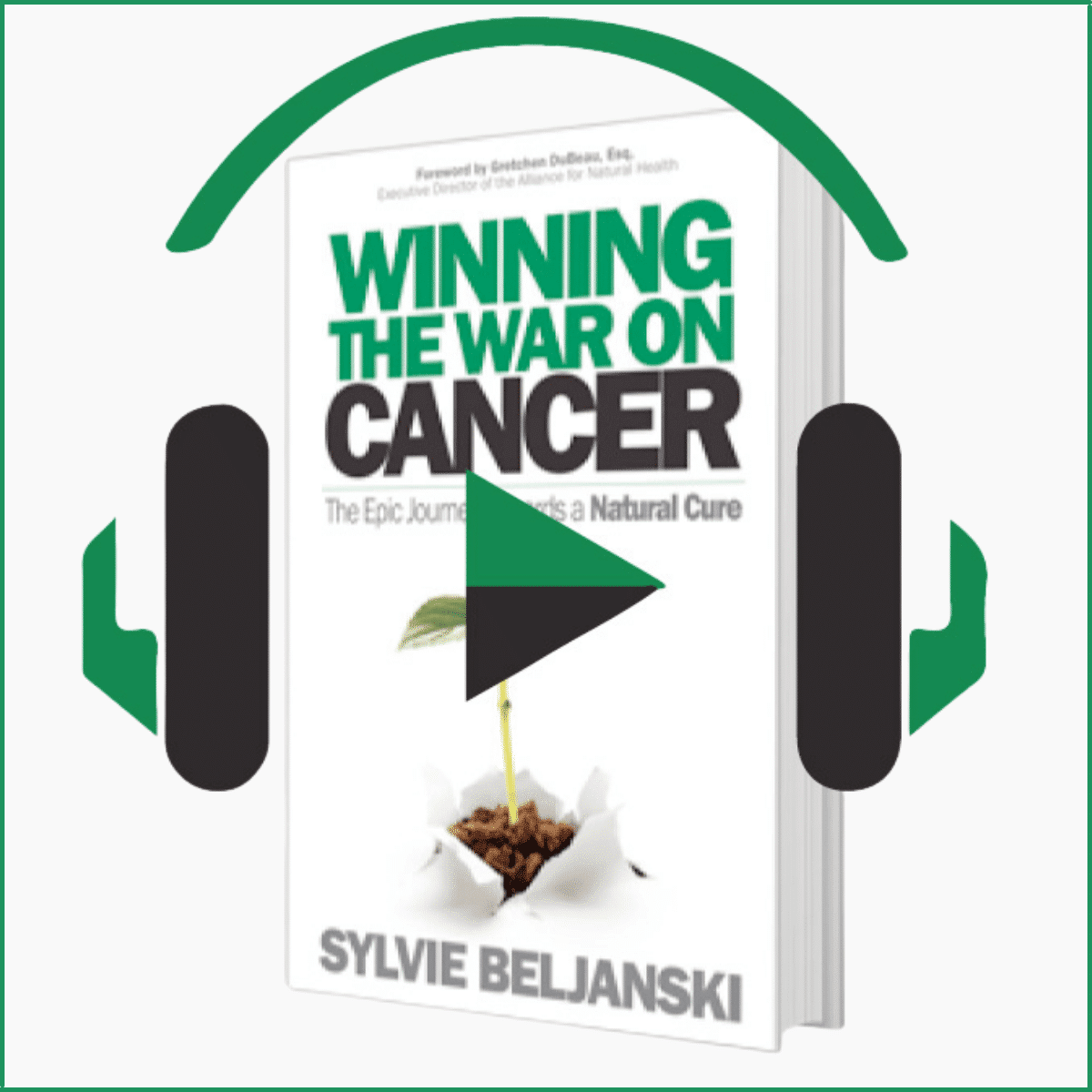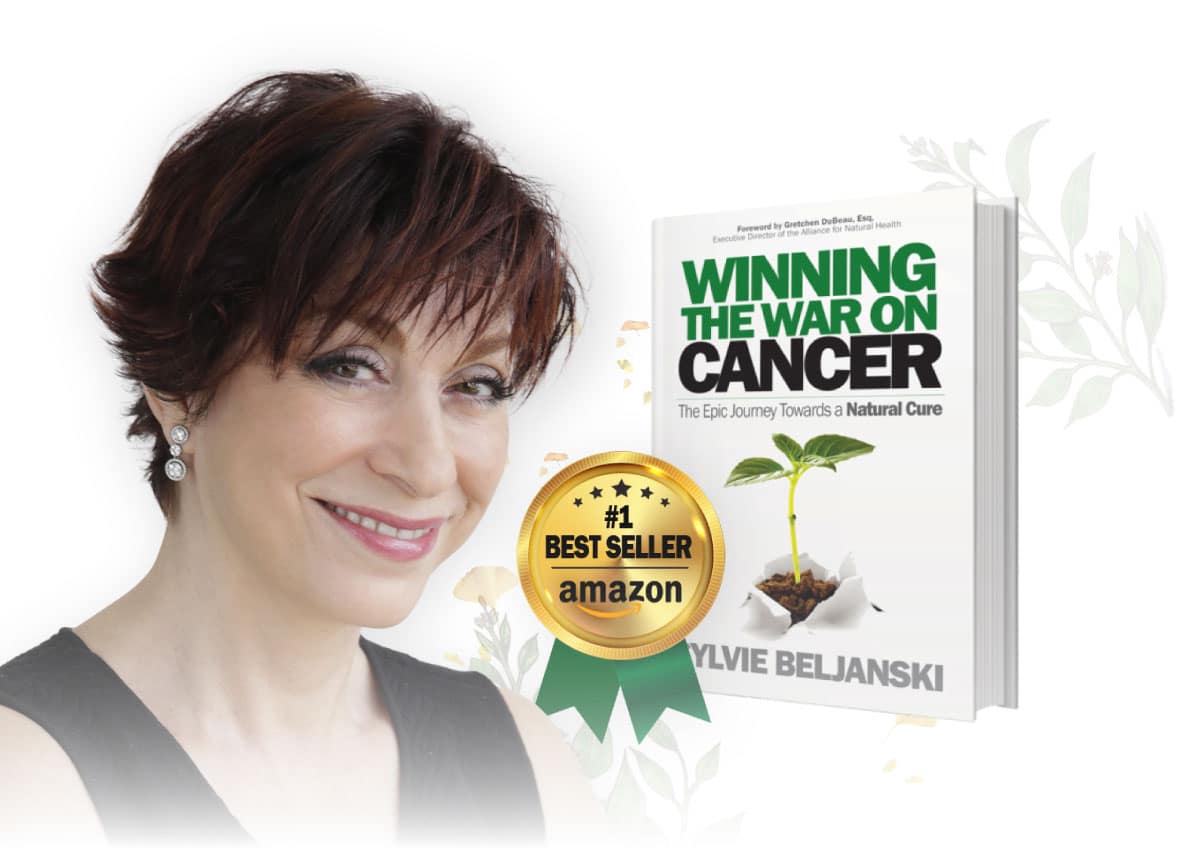Anti-Inflammatories and the Coronavirus
Anti-Inflammatories: What Should I Use?
It may seem contradictory, but inflammation is a natural process necessary for the renewal of tissues, in the face of aggression. The damaged tissues become red, swollen and painful, because an influx of blood will evacuate dead cells and toxins. When the phenomenon continues beyond the time necessary to repair the attacked tissue, it is called “chronic inflammation.” Chronic inflammation is the cause of many diseases, ranging from type 2 diabetes, to myocardial infarction, including cancers, asthma, and many neurodegenerative diseases. (1) To stop the effects of chronic inflammation, many people use anti-inflammatory drugs. But synthetic anti-inflammatory drugs lower our immune system, which we absolutely need to protect ourselves from viruses and microbes in our environment.What are the Main Anti-Inflammatories?
There are two main families of anti-inflammatory drugs: non-steroidal anti-inflammatory drugs (NSAIDs), and corticosteroids. These two major families are synthetic products, the benefits of which are offset by numerous side effects:- NSAIDs

- Corticosteroids
Where to Find Natural Anti-Inflammatories?
Natural anti-inflammatories are everywhere. They can be found:- In the form of essential oil (4) for a topical action (lavender or clove oil or even peppermint oil are particularly effective)
- In the form of food (Omega-3, found especially in fatty fish)
- In the form of herbs (rosemary, curcumin, blackcurrant leaves, etc.)
- In the form of a liquid or gel (Aloe vera)
- In the form of supplements (Magnesium, Vitamin E, Pao pereira)
To find out more read Winning The War On Cancer: The Epic Journey Towards a Natural Cure by Sylvie Beljanski.
Winning The War On Cancer: The Epic Journey Towards a Natural Cure by Sylvie Beljanski.
References
- https://www.lemonde.fr/societe/article/2019/05/14/l-inflammation-mal-du-siecle_5461715_3224.html
- https://sante.lefigaro.fr/sante/traitement/anti-inflammatoires-non-steroidiens/effets-indesirables
- https://www.allodocteurs.fr/se-soigner/medicaments/corticoides/la-face-cachee-de-la-cortisone_1850.html#paragraphe4
- https://sante.journaldesfemmes.fr/fiches-sante-du-quotidien/2587300-meilleurs-anti-inflammatoires-naturels/
- https://www.nature.com/articles/s41598-019-56145-z
- https://www.ncbi.nlm.nih.gov/pmc/articles/PMC6358020/
- https://pubmed.ncbi.nlm.nih.gov/24287876/
- https://pubmed.ncbi.nlm.nih.gov/24033267/
- https://pubmed.ncbi.nlm.nih.gov/23674070/
- https://journals.sagepub.com/doi/10.1177/1534735418786027
- https://www.beljanski.org/wp-content/uploads/Deutsche-Onkologie.pdf
Share





